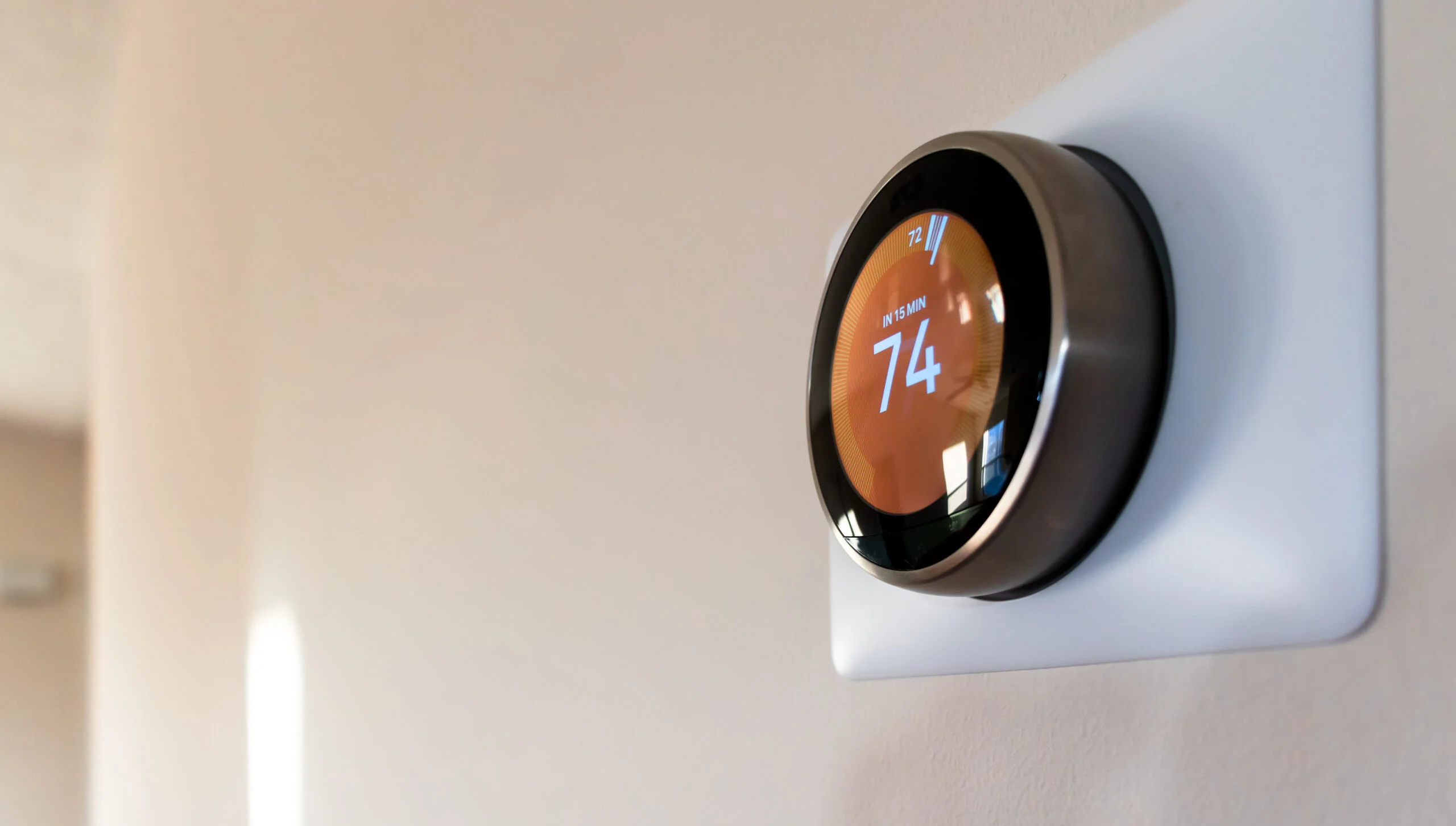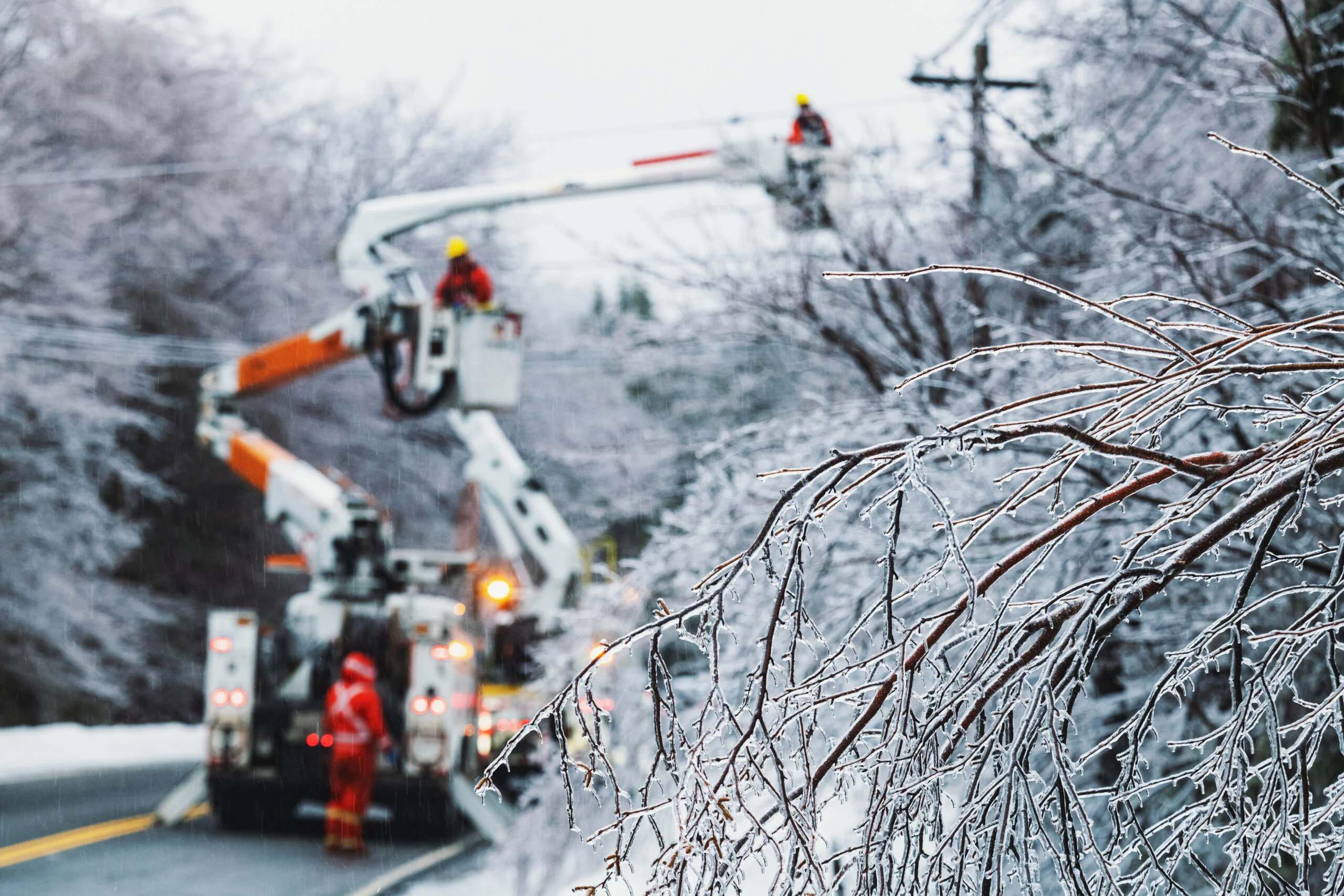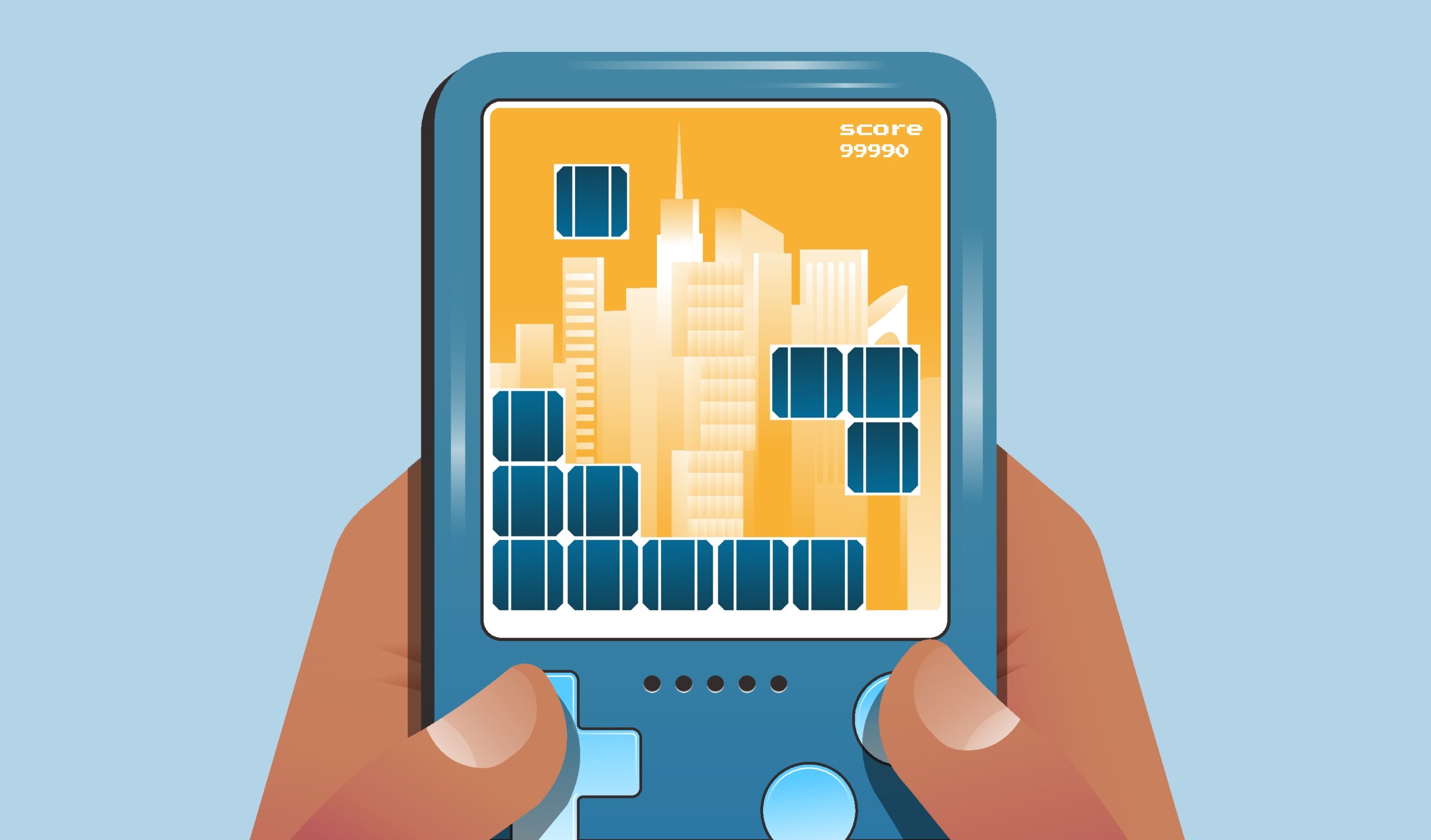A quick search for “demand response” as a news item tells you plenty about the decades-old load management strategy. The top results validate what many, especially utility program managers, have known for years, that as a time-tested solution, demand response repeatedly produces results to reduce peak load reduction. Demand response has proven useful as a tool to curtail usage during periods of peak demand, as a possible opportunity to mitigate costly and disruptive outages and blackouts during extreme weather events, or to increase energy efficiency. Thermostats are, perhaps, the most common device used in demand response programs, and that technology has evolved to yield quicker and more effective results.
A Brief History of Demand Response
The earliest iterations of demand response utilized radio signals for device control. Initially, utilities could send a signal to a one-way radio switch physically mounted to an HVAC unit for limited device control. During early-demand response events, utility program managers would send a signal and hope for the best; there was no means of customer engagement, and limited data to use for future energy demand forecasting or planning. Eventually, these primitive one-way switches were replaced with two-way switches, which allowed utilities to start and stop device control sequences.
Now, through the Internet of Things and Wi-Fi-enabled technologies, demand response programs can control specific devices through rich APIs designed to connect device partners with utilities. These smart devices enable robust device control, allowing utility program managers to shift usage at a granular level. As one of many distributed energy resources (DERs), smart thermostats are controllable at the utility level through distributed energy resource management systems (DERMS), that, as the name suggests, can aggregate otherwise disparate devices for concerted conservation efforts.
How Smart Thermostats Have Changed the Game
The increasing market penetration of smart thermostats coupled with broader national access to broadband has presented a unique opportunity for utilities to control and manage energy in aggregate across the grid. Through IoT technologies, utilities can adjust temperatures to specific degrees, leaving power on, but using less by raising or lowering temperatures.
The oldest types of thermostats were manual. As the name implies, manual thermostats are analog devices that users adjust by hand. Because they have limited functionality, these devices were often sidestepped through the use of the aforementioned one/two-way radio switches. Later, programmable thermostats were introduced, which were devices that users could schedule to do different things. Over time, these programmable features became increasingly sophisticated, using Internet interconnectivity and the Internet of Things to create unique technological home ecosystems depending on user needs.
– Syd Bishop, Sr. Content Specialist, Virtual Peaker
Unlike older demand response programs, smart thermostats present a less disruptive opportunity for utilities to run demand flexibility events like demand response. Research indicates that customers are interested in the potential cost-saving opportunities that smart thermostats represent; customers want to save money and are eager to conserve energy to help out. Surveys suggest that customers are more often than not willing to participate in demand response programs, both to save money and to help the environment. Smart thermostats have helped realize these outcomes by providing a quick, easy, and unobtrusive path for utilities to run conservation programs without disrupting customers.
Types of Demand Response
Demand response is one of several demand flexibility initiatives like EV managed charging, BYOD battery programs, or virtual power plants. As such, demand response has multiple strategic uses for utilities. Let’s look at a few of the most common below.
TOU Rates
Time of use rates refer not to specific usage patterns, but rather to the cost of electricity as measured by demand. Often, time-of-use rates exist to minimize the high costs associated with the peak energy purchases necessary to meet supply and demand during peak periods of usage. Because these rates are relatively predictable—utilities may not know the specific price but have an approximate idea of how it ebbs and flows unique to their market. Since peak periods of demand are reliably consistent, some utilities have instituted demand response programs to minimize those high costs. In this example, utilities may shift usage during hot or cold temperature extremes, shifting usage one degree at a time to conserve energy in aggregate.
Direct Load Control
Direct load control is an incentive and/or event-based demand response strategy designed to manage and conserve usage during extreme temperatures or weather events. While forecasting does provide some predictability to load management, direct load control demand response events are an immediate, real-time response to environmental pressures or market extremes. With direct load control demand response programs, utilities encourage customers to enroll in demand response, often using incentives like rebates or billing credits to encourage participation. Because demand savings are dependent upon customer participation, enrolling the most devices possible is crucial.
Conclusion: How Are Thermostats Used For Demand Response?
Every year, you can find articles about how utilities call upon consumers to conserve energy to mitigate outages, and as long as customers are given the opportunity, they often rise to the challenge. Demand response is not only a time-tested and reliable strategy for load management, but is imperative to the future. As strategies like virtual power plants become increasingly employed, demand response remains a stalwart option of real-time load management and energy arbitrage.




